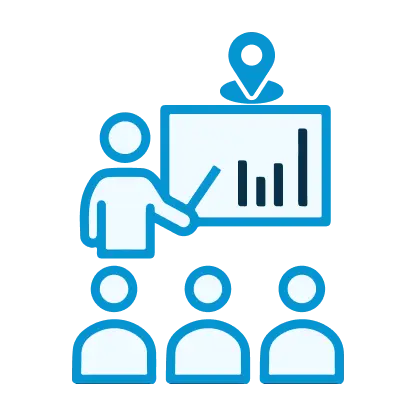Unable to find what you're searching for?
We're here to help you find itCertified International Payment Systems Professional (CIPSP) Course Overview
The Certified International Payment Systems Professional (CIPSP) course is a comprehensive training program designed for individuals seeking expertise in the field of global payment systems. This course provides an in-depth understanding of the mechanisms and risks associated with electronic, paper-based, and cryptocurrency payment processes. Learners will explore the importance of payment and settlement systems, including the transition from paper to electronic payments, the use of cryptocurrencies like Bitcoin, and mobile payment technologies.
By covering the key elements of messaging, clearing/netting, and settlement, the course equips professionals with the knowledge to navigate and manage various payment types, from domestic to cross-border transactions. Additionally, it addresses the role of SWIFT messaging in financial communication and the use of codes such as IBAN and BIC.
Risk mitigation techniques and regulatory impacts are critical components of the curriculum, ensuring that participants understand the challenges and compliance requirements of the industry. The CIPSP course is an invaluable resource for those looking to enhance their skills and advance their careers in international payment systems.
Successfully delivered 1 sessions for over 1 professionals
Purchase This Course
USD
View Fees Breakdown
| Course Fee | 1,950 |
|
Total Fees |
1,950 (USD) |
USD
View Fees Breakdown
| Course Fee | 1,450 |
|
Total Fees |
1,450 (USD) |
USD
View Fees Breakdown
| Flexi Video | 16,449 |
| Official E-coursebook | |
| Exam Voucher (optional) | |
| Hands-On-Labs2 | 4,159 |
| + GST 18% | 4,259 |
|
Total Fees (without exam & Labs) |
22,359 (INR) |
|
Total Fees (with exam & Labs) |
28,359 (INR) |
♱ Excluding VAT/GST
You can request classroom training in any city on any date by Requesting More Information
♱ Excluding VAT/GST
You can request classroom training in any city on any date by Requesting More Information
The Certified International Payment Systems Professional (CIPSP) course is designed for professionals handling global payment operations and regulations.
The CIPSP course equips participants with a comprehensive understanding of global payment systems, risk management, regulatory impacts, and the evolving landscape of digital transactions.



